Down the tube

 European animation producers appear torn about whether YouTube Kids is a place for high-quality projects as they continue to search for new sources of financing for their shows.
European animation producers appear torn about whether YouTube Kids is a place for high-quality projects as they continue to search for new sources of financing for their shows.
The animation industry has always had a bit of an uneasy relationship with YouTube. The Google-owned platform is unrivalled when it comes to reach, but it feels like only a child-sized handful of producers have been able to get an animated series off the ground using YouTube alone – and most of these are now owned by Moonbug, as it bids to become a digital Disney.
Just how producers should approach the platform remains something of a mystery to many, judging by our annual sweep of opinion from 21 producers who have projects at this year’s European pitching bonanza Cartoon Forum.
Nearly half of those asked said they aren’t currently working with YouTube or YouTube Kids, the more child-friendly version of the video-sharing platform. Meanwhile, producers were torn as to whether they feel it is a platform that supports high-quality animation producers.
Francesco Catarinolo, director and producer at Studio Pandora in Italy, thinks YouTube Kids is “a very interesting app for big production companies that have many projects and for testing very short formats, but the best use is for influencers.”
Most seem to still see it as more of a marketing tool rather than a place where it can go to find financing for new shows, despite the platform spending US$100m on original content for kids and families between 2019 and 2022, and hosting showcase events in their offices in cities such as Paris.
For John Rice, CEO at Jam Media in Ireland, YouTube Kids is “a key partner for growing our brands and bringing them to a wider audience. There are more kids accessing YouTube than anywhere else.”
“I also found a real openness on YouTube’s part to work in a complementary way with third-party brands,” he said. “YouTube has democratised the content space by supporting high-quality productions alongside lower-budget content and individual artists in their bedroom searching for an audience. Increasingly, we are seeing brands launch on YouTube as digital-first offerings and finding second homes elsewhere.”
One producer in the TV business who makes children’s programmes I spoke to recently said there’s no way they would put YouTube Kids in front of their young one due to a lack of quality control on the platform.
And some animation producers we spoke to clearly haven’t forgotten YouTube’s mistakes in the past, when it has been beset with safety issues, that delegates at the Children’s Media Conference (CMC) in July were told have been resolved as the company seeks deeper relationships in the kids’ media space. Ben McOwen Wilson, the exec who delivered that keynote speech at the CMC, has since stepped down as MD of YouTube in the UK and Ireland but remains with Google.
“I’m not sure YouTube Kids is interested in high-quality animation. Over the years, we’ve seen a lot of trash and piracy on YouTube. We’ve used YouTube in different regions for pushing our content, but only if there was a lack of traditional media. It was always kind of a plan B,” says Dmitrij Gorbunov, founder of Metaxilasis in Serbia.
Nevertheless, there is “definitely great and high-quality stuff on YouTube Kids,” says Denis Alenti, co-founder at Recircle Studio in Croatia, such as the preschool show Millie & Lou, produced by Cartoon Forum veterans Blue Zoo in the UK.
“It is a really lovely show,” says Alenti of the series, which was pitched to traditional broadcasters by Blue Zoo at Cartoon Forum in 2016 but is now a YouTube Original, highlighting the potential path to market now available for producers via the platform and the role of gatekeepers now working there.
Perhaps Xosé Zapata Pérez, CEO at Sygnatia in Spain, put it best when explaining why, despite its reach and support for high-quality animation in some cases, YouTube cannot yet be relied upon for financing by indies, while traditional broadcasters – usually public service – remain the bedrock of the business.
“I have seen many friends ruined by changes in YouTube rules. When you are in the hands of a company like YouTube, you are not independent, even if it seems you are. Depending on a single provider is never good. YouTube Kids is making agreements with broadcasters such as [Spain’s] TVE – that is a way for small companies to collaborate with YouTube and not be toys in its hands. With the support of national television channels and institutions, it is possible to regulate the relationship between small producers and giants such as YouTube,” said Pérez.













.jpg)




























